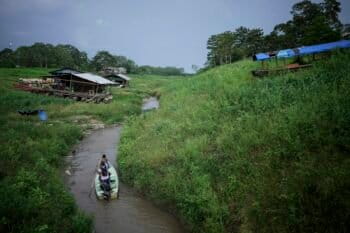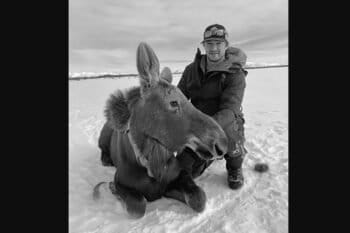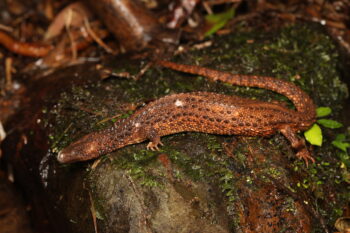A deadly heat wave in July that left people and wildlife struggling in Norway, Sweden and Finland was made at least 10 times more likely because of human-induced climate change, a rapid analysis has found.
Scientists from the World Weather Attribution (WWA), a global research network analyzing extreme weather events, said in their latest analysis that the heat wave that started July 9 and lasted two weeks was unusual for its intensity and prolonged duration.
In Norway, two local monitoring stations broke records for temperatures above 30° Celsius (86° Fahrenheit) 13 days in a row, while Finland experienced its longest streak of 30°C temperatures. The heat triggered multiple forest fires, 200 of which occurred in northern Sweden, said Erik Kjellström, report co-author from the Swedish Meteorological and Hydrological Institute (SMHI), during a press briefing. Dozens of people drowned in the region — 31 in Sweden and 28 in Finland — as people went swimming to cool off.
The extreme temperatures coincided with the Nordic summer holidays, when health facilities and other institutions have reduced staffing, resulting in strained services.
By combining observed weather data with climate models, the researchers found that maximum day and night temperatures recorded during the two-week period would have been much rarer in a pre-industrial climate when the world was cooler by 1.3°C (2.3°F), before the influence of human-induced climate change. “We conclude that climate change made the extreme heat about 2°C (3.6°F) hotter,” the authors note.
Kjellström said that in Sweden, heat waves refer to temperatures of 25°C (77°F) in the daytime for several days in a row. “So that may not sound much in another perspective for Southern Europe or Africa or whatever, but in northern Sweden, that’s definitely very high temperatures,” he said, adding that nighttime temperatures also didn’t go down below 20°C (68°F).
In Norway, too, “it’s rare to have high temperatures lasting this long,” Amalie Skålevåg, co-author and climate researcher from the Norwegian Meteorological Institute, said in a statement.
Wildlife was affected, with reindeer deaths reported, WWA noted. Some reindeers were observed having difficulty grazing, while others were spotted in town, escaping the heat and insects and looking for water.
The Indigenous Sámi people, known for reindeer herding, view these disruptions as a “human rights issue” and have called for adaptation efforts rooted in their traditional knowledge, the report added.
Maja Vahlberg, co-author from the Red Cross Red Crescent Climate Centre, pointed out that infrastructure in cold-climate countries isn’t built to withstand deadly heat. For example, care facilities and homes in Nordic countries are well-insulated but poorly ventilated, which “meant indoor heat often exceeded safe limits,” Vahlberg said. The aging population in these facilities is especially vulnerable indoors in such overheated buildings.
Banner image of a reindeer calf in 2009 at a Gabna Sámi village in Sweden, by Silje Bergum Kinsten/norden.org via Wikimedia Commons (CC BY 2.5 DK).





